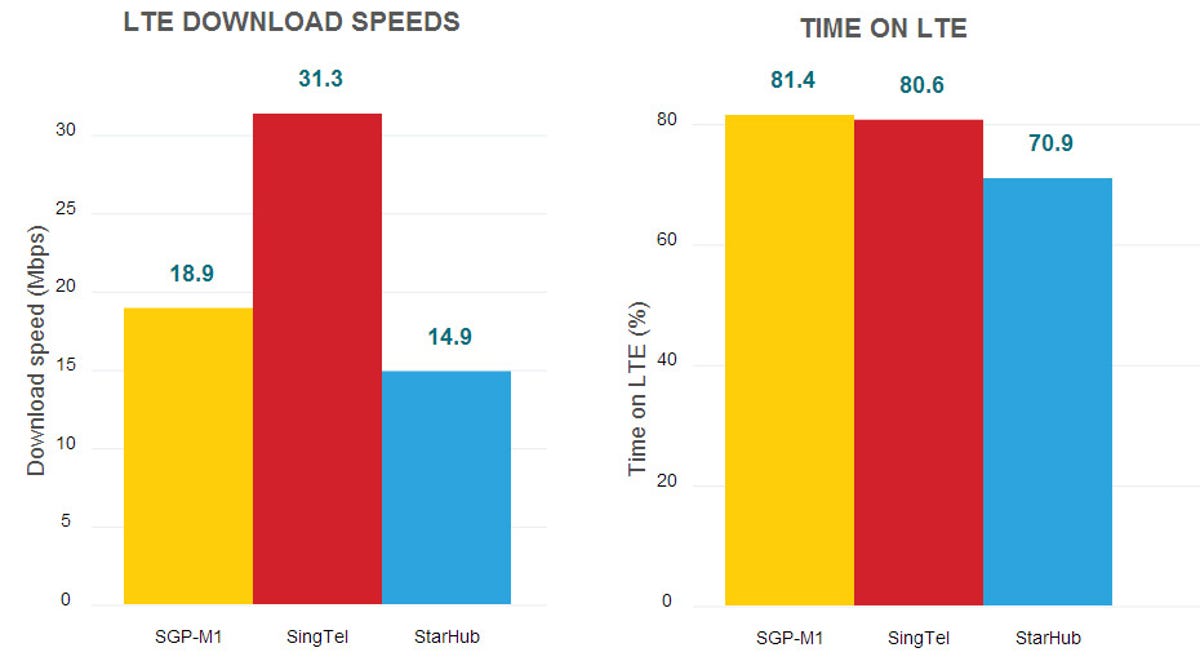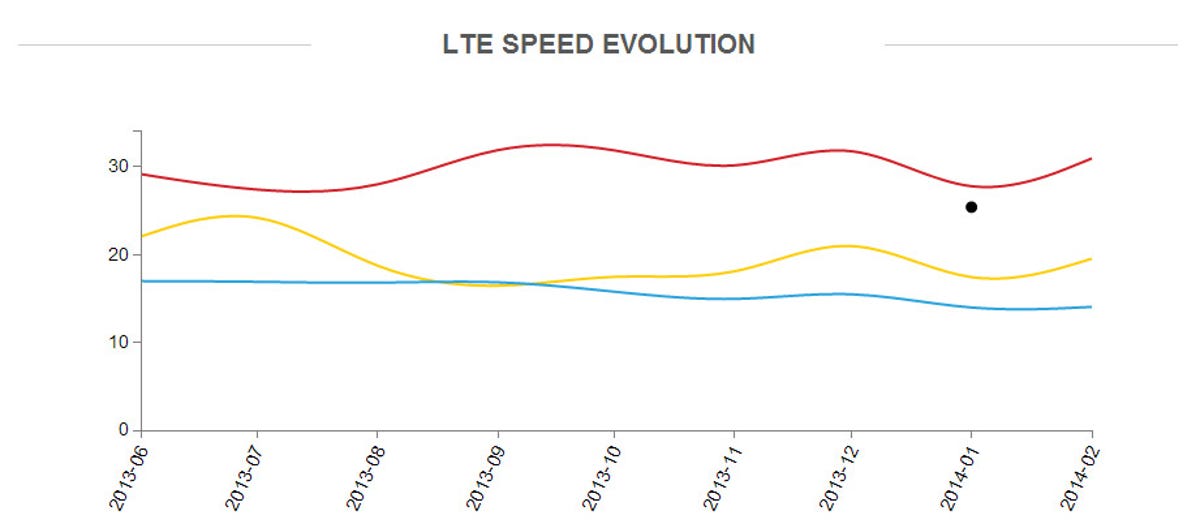
OpenSignal
While Singapore isn’t a big country when compared to the rest of Asia (or anywhere else, for that matter), the sunny island state can boast a robust LTE network based on a findings from a new OpenSignal report.
This follows an earlier write-up on the state of the US 4G network, which showed that those in the US enjoyed better LTE coverage at the cost of lower data speeds. OpenSignal says Singapore provides a “reasonably good comparison point” for the rest of world, due to its size and population density, as well as technological advancement.
Data derived from the OpenSignal app shows that only 22.3 percent of its user base have access to LTE, despite a relatively early roll-out in June 2011. The report does point out, however, that those who have access to 4G enjoy “record fast” data speeds, as well as noting that the current 3G network still plays an important part in ensuring the population remains connected.
“It is especially important for Singapore’s case to remember that LTE performance isn’t a summary of a network’s overall performance — as 3G still remains extremely important, both to users with LTE and without,” OpenSignal said in a blog post.
SingTel, the country’s largest network, showed the best performance out of three carriers in the country, with the fastest network speed at 31.3Mbps, easily topping Brazilian company Claro Brazil, which had a reported speed of 27.8Mbps (according to this earlier OpenSignal report).
Mobile network speeds have also maintained consistency over the last 9 months, though users on the StarHub network have their average speeds dropping by an average of 17.5 percent during the time period.
Compared with other Asian countries such as South Korea (18.6Mbps) and Hong Kong (21Mbps), Singapore’s average speed of 21.7Mbps is on par or better, though Australia still holds the top spot with an average speed of 24.5Mbps.
Most users also experience consistent connection uptime, with the majority of LTE users on the M1 network enjoying an 81.4 percent uptime. This is based on OpenSignal’s “Time on LTE” metric, which “looks at the proportion of time a user has access to the LTE network, which gives a more accurate look at how real-world users are being served by their connection”. This is, however, not as good as Korea’s impressive average of a 91 percent of uptime.


OpenSignal



